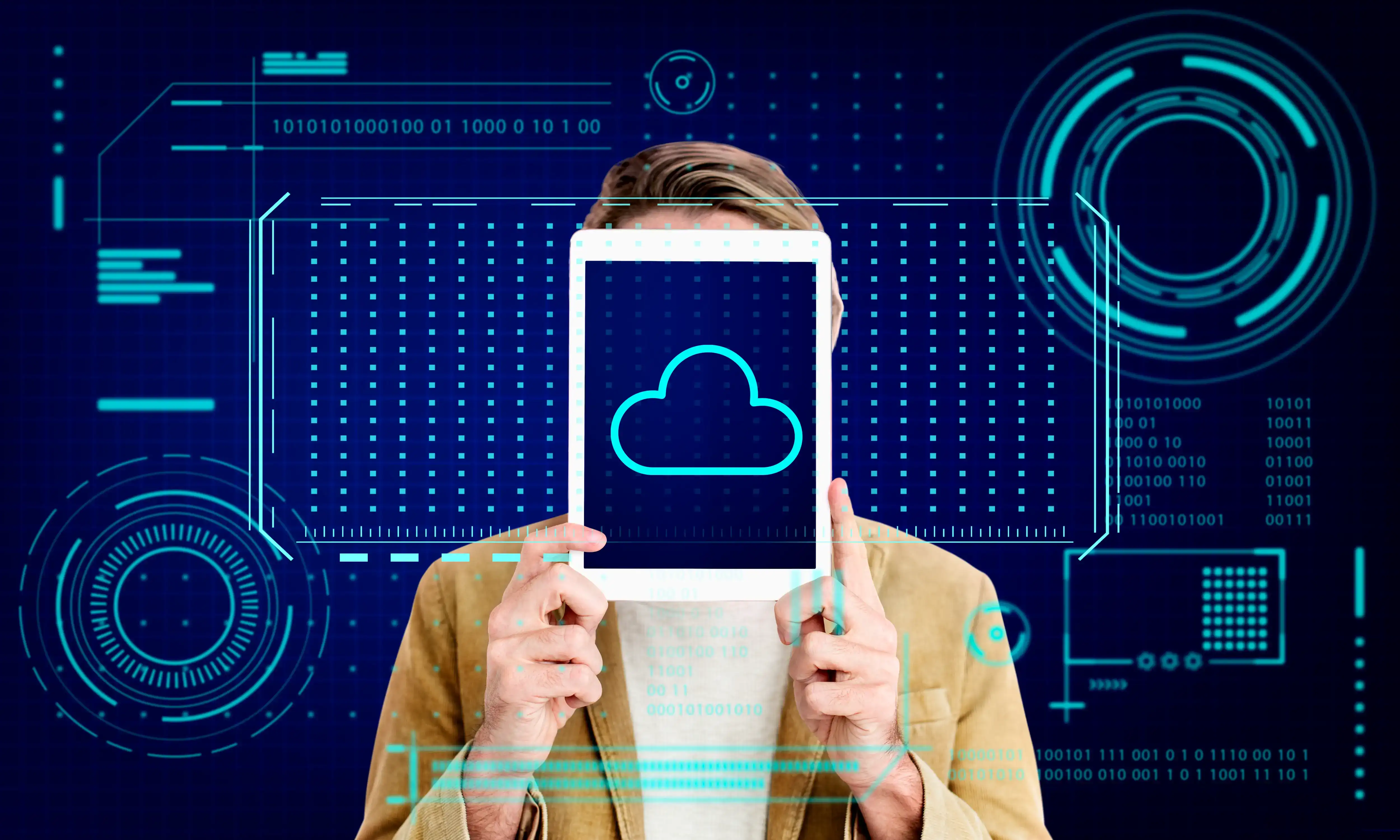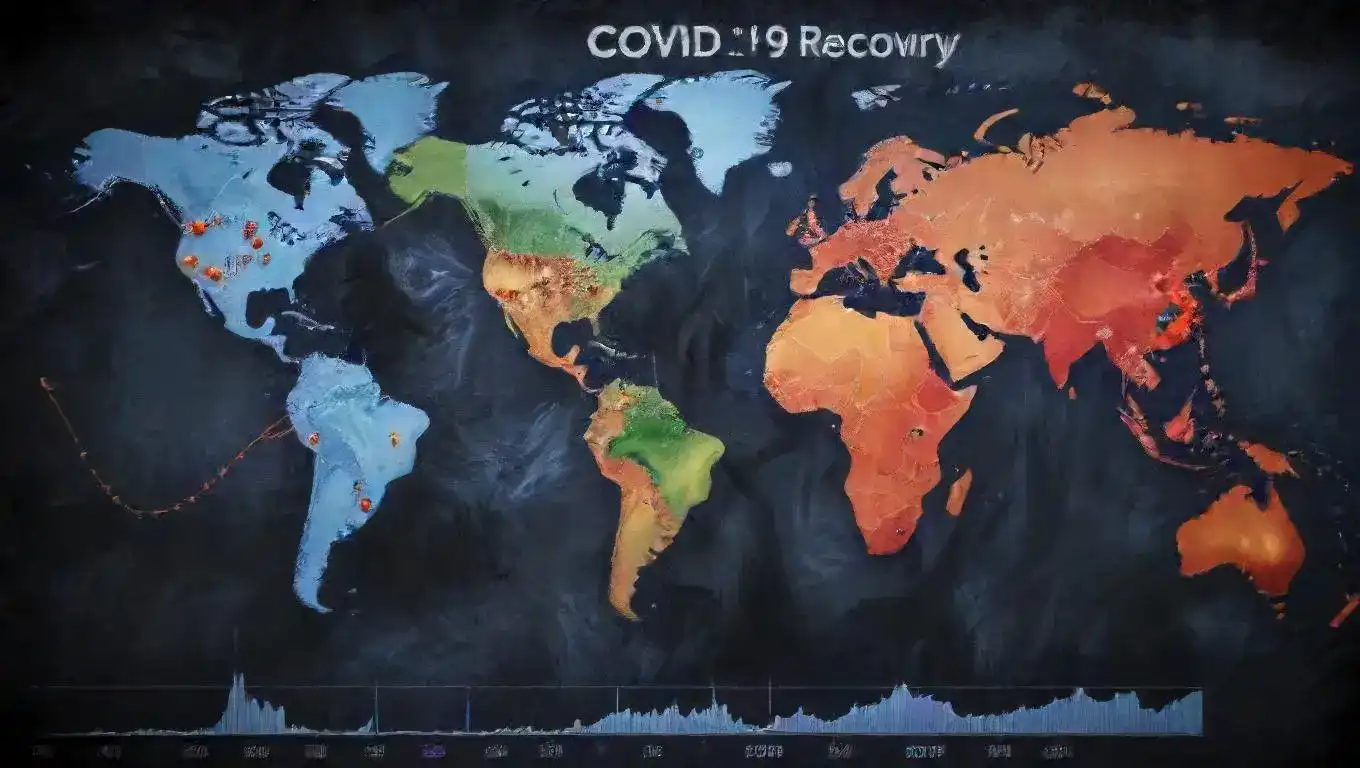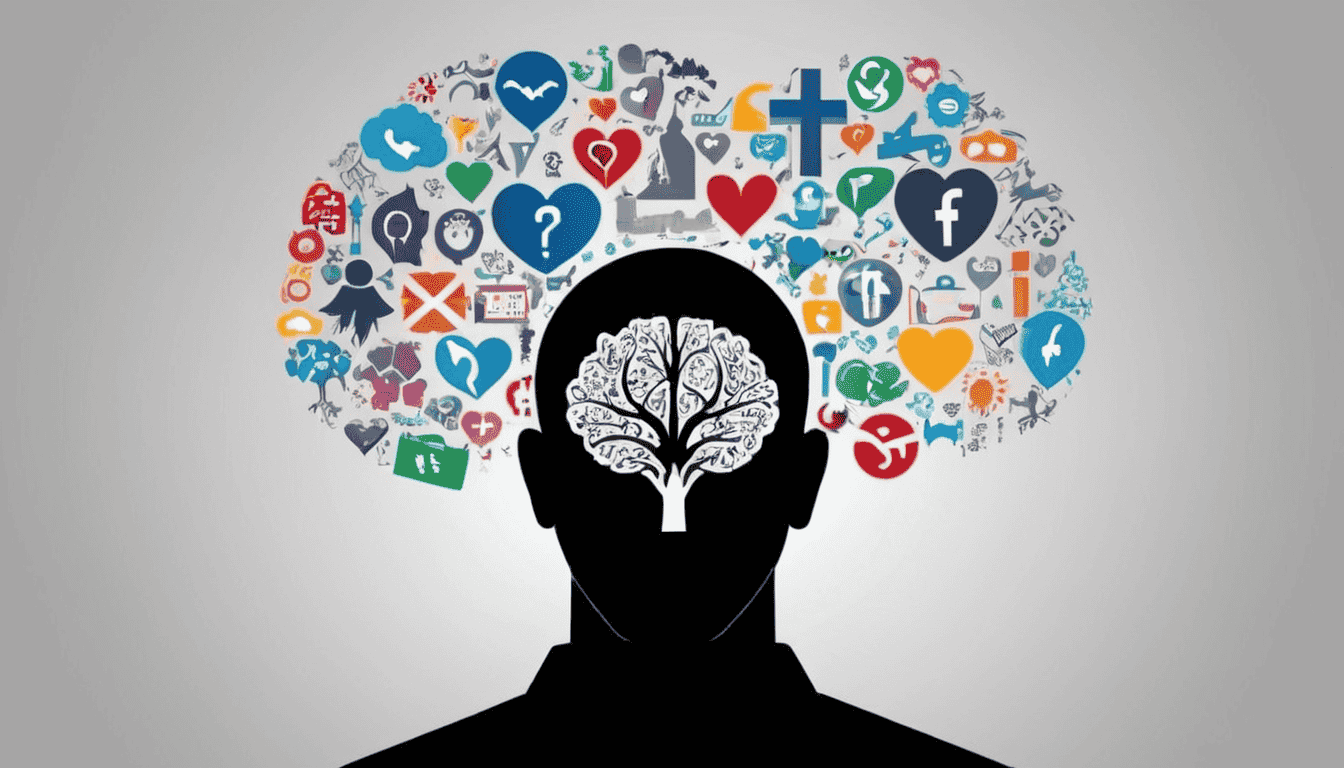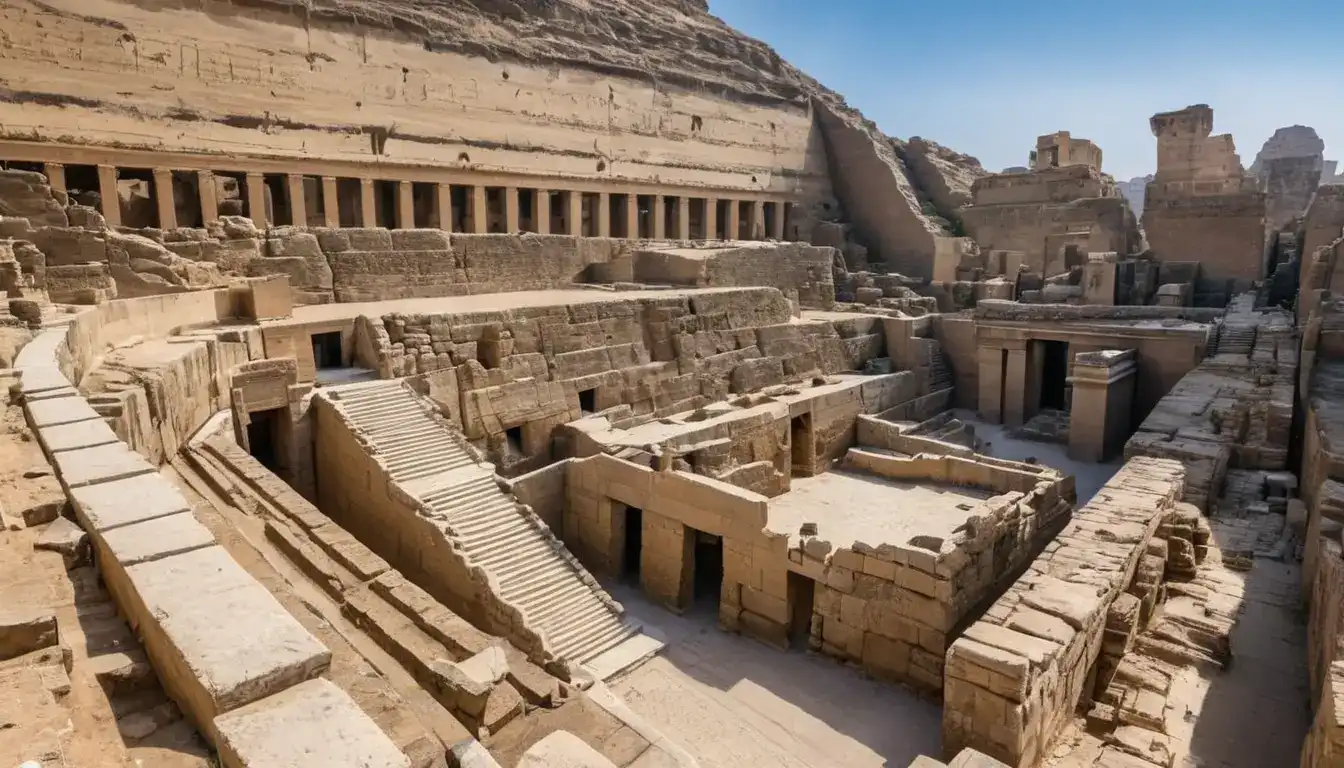What is GNP? National Wealth Explained
Emily Willis
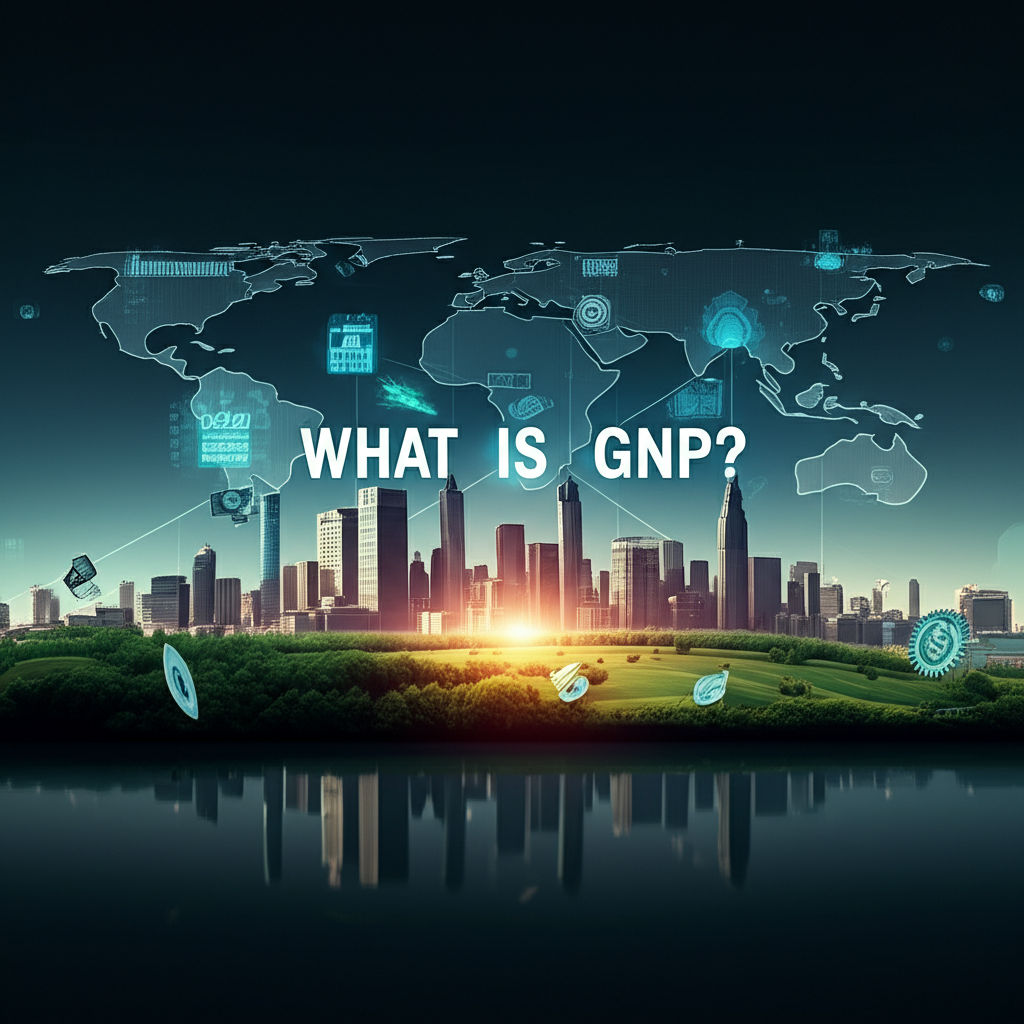
Photo: What is GNP? National Wealth Explained
What is GNP? Unpacking National Wealth and Its Global Reach
Understanding a nation's economic health goes far beyond simply looking at the activity within its borders. While Gross Domestic Product (GDP) often dominates economic headlines, another crucial metric, Gross National Product (GNP), offers a more expansive view of a country's financial strength and its citizens' global economic contributions. GNP provides vital insights into national wealth, reflecting not just what's produced at home, but also the earnings of a nation's residents from their endeavors worldwide.
In an increasingly interconnected global economy, grasping the nuances of GNP is essential for anyone seeking to understand national economic performance, international trade, and how a country's prosperity is truly measured. This article will demystify GNP, explain its components, differentiate it from GDP, and explore why it remains a significant indicator of national wealth and global economic engagement.
Unpacking GNP: The Core Definition
At its heart, Gross National Product (GNP) is an economic measure that quantifies the total monetary value of all final goods and services produced by a country's residents within a specified period, typically a year. The key distinction here is "residents" rather than "location." This means GNP includes the income earned by a nation's citizens and businesses, regardless of whether that economic activity occurs domestically or internationally.
Think of it this way: if a citizen of Country A owns a factory in Country B, the profits from that factory are counted towards Country A's GNP. Conversely, any income earned by foreign residents or businesses within Country A's borders is excluded from Country A's GNP. GNP essentially tracks the value of what a country's citizens produce, wherever they are in the world, providing a comprehensive picture of national economic output and the financial well-being of its people.
GNP vs. GDP: Understanding the Key Differences
The terms GNP and GDP (Gross Domestic Product) are often used interchangeably, but they represent distinct economic concepts. While both measure a country's economic output, their scope differs significantly, leading to varying insights into national wealth.
-
Gross Domestic Product (GDP): This metric focuses on the geographical boundaries of a country. GDP measures the total market value of all final goods and services produced within a nation's borders over a specific period, regardless of who owns the means of production. So, if a foreign-owned car factory operates in the United States, its output contributes to the U.S. GDP. GDP is a snapshot of the domestic economy.
-
Gross National Product (GNP): As discussed, GNP focuses on the nationality of the producers. It measures the output of a country's residents, irrespective of their physical location. This means income earned by citizens working or investing abroad is included, while income earned by foreigners within the domestic economy is excluded.
Here's a simple way to remember the difference:
- GDP = Production within borders.
- GNP = Production by citizens, wherever they are.
The relationship between GNP and GDP can be expressed with a formula:
GNP = GDP + Net Factor Income from Abroad
Where "Net Factor Income from Abroad" is the difference between income earned by domestic residents from foreign investments and income earned by foreign residents from domestic investments. A large difference between a country's GNP and GDP can indicate a significant level of integration into the global economy. For instance, if a country has many citizens working abroad or substantial overseas investments, its GNP might be higher than its GDP. Conversely, if foreign entities earn substantial returns from operations within the country's borders, GNP could be lower than GDP.
Components of GNP: What Goes Into the National Economic Pie?
To calculate GNP, economists consider several key components that reflect the total economic activity of a nation's residents. These components are broadly similar to those of GDP, but with the crucial adjustment for international income flows.
The primary components typically include:
-
Personal Consumption Expenditures (C): This is the total spending by households and individuals on final goods and services. This includes everything from groceries and clothing to healthcare and entertainment, forming a significant portion of GNP.
-
Gross Private Domestic Investment (I): This encompasses spending by businesses on capital goods, such as machinery, equipment, and infrastructure. It also includes investments in inventory and residential construction, which are vital for future economic growth and productivity.
-
Government Expenditure (G): This refers to the money spent by national, regional, and local authorities on public services, infrastructure projects (like roads and bridges), defense, and social welfare programs. Government spending plays a role in stimulating economic activity.
-
Net Exports (X - M): This component represents the difference between a country's total exports (goods and services sold to other countries) and its total imports (goods and services purchased from other countries). While significant for GDP, net exports also influence GNP, especially when multinational enterprises engage in cross-border production and sales.
-
Net Factor Income from Abroad (Z): This is the distinguishing factor for GNP. It's the income earned by a country's residents from their overseas investments (like dividends, interest, and profits) minus the income earned by foreign residents within the country's borders. This crucial adjustment ensures that GNP truly reflects the economic output attributable to a nation's citizens.
The formula for GNP can therefore be summarized as: GNP = C + I + G + (X - M) + Net Factor Income from Abroad
Why Does GNP Matter? Measuring National Economic Health
GNP is a vital tool for understanding a country's economic strength and its citizens' overall well-being. Here's why it holds significant importance:
-
Comprehensive Economic Performance: GNP provides a more holistic view of a nation's economic output by considering the global reach of its citizens and businesses. A rise in GNP generally indicates economic growth and an improvement in the overall standard of living.
-
Policy Decisions: Governments and policymakers heavily rely on GNP data to formulate and evaluate economic policies. This includes decisions about taxation, public spending, resource allocation, and strategies for economic growth and development. For instance, if GNP is growing robustly due to overseas investments, policymakers might focus on policies that encourage domestic reinvestment.
-
Global Comparison: Economists use GNP to compare the economic performance and living standards of different countries. It helps illustrate which nations are producing more goods and services and how they contribute to the global economy, offering insights into a nation's global economic power and influence.
-
Understanding Income "Belonging" to Residents: GNP clarifies which portion of the national income truly "belongs" to a country's residents, influencing assessments of purchasing power and living standards. An increase in GNP can translate into higher incomes and more job opportunities for citizens.
-
Balance of Payments Analysis: The information derived from GNP is also valuable for analyzing a country's Balance of Payments, which tracks the flow of money between a country and the rest of the world.
Limitations and Criticisms of GNP: Beyond the Numbers
While GNP offers valuable insights, it's not without its limitations and criticisms.
-
Fluctuating Exchange Rates: Since GNP accounts for income earned abroad, changes in foreign exchange rates can affect its calculation, potentially making it less accurate in some cases.
-
Does Not Reflect Economic Well-being Directly: GNP, like GDP, doesn't fully capture factors crucial for overall well-being, such as income inequality, environmental impact, leisure time, or the quality of life. A high GNP doesn't necessarily mean a high quality of life for all citizens.
-
Measurement Challenges: Accurately measuring income earned by citizens abroad, especially remittances or profits from complex international investments, can be challenging, particularly in economies with large informal sectors.
-
Limited Impact on Domestic Factors: Changes in GNP might not always directly translate to domestic factors like employment or inflation, especially if the growth is primarily driven by overseas activities. A country could have a high GNP due to significant foreign investments by its citizens, but still face low domestic economic activity.
-
Exclusion of Non-Market Activities: GNP doesn't account for non-market transactions, such as volunteer work, household labor, or the informal economy, which contribute to societal well-being.
-
Quality vs. Quantity: GNP measures the value
Latest ✨
View AllRevolutionize your learning! Data analytics is the future of education, enabling personalized paths & unlocking individual potential.
Emily Willis
Cloud computing is essential for modern businesses, offering cost savings, scalability, and improved collaboration. Implementing cloud computing requires careful planning to ensure safety and efficiency. Tips for safe and efficient implementation include conducting a needs assessment, choosing the right cloud service model, prioritizing security, planning for data migration, optimizing costs, training your team, implementing backup and recovery solutions, monitoring performance, planning for scalability, and staying updated with industry trends.
Emily Willis
effective leadership in a constantly changing world and explores the traits and habits of inspiring leaders, both historical and contemporary. It highlights the key lessons from leaders such as Nelson Mandela, Martin Luther King Jr., Jacinda Ardern, Elon Musk, and Malala Yousafzai.
Emily Willis
Customer feedback is a goldmine for business growth. Learn how leveraging insights enhances products, builds loyalty, and keeps you competitive.
Emily Willis
Business
View All
June 9, 2025
Cloud Computing for Small BusinessUnlock growth & efficiency! Discover how cloud computing empowers small businesses with cost savings & agility in the digital age.
Emily Willis
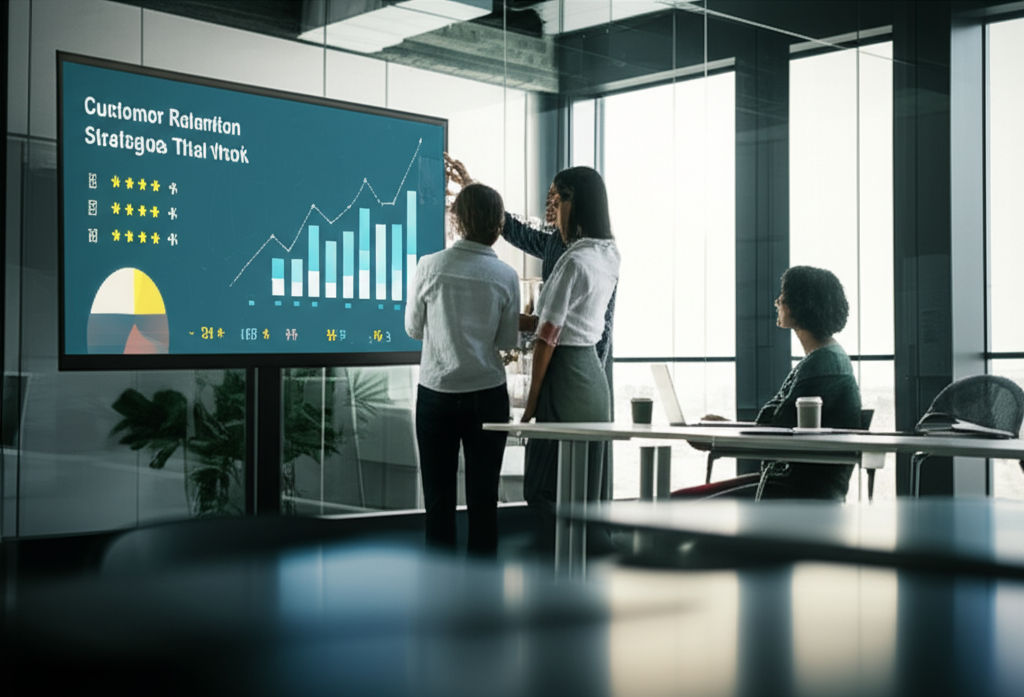
June 9, 2025
Customer Retention Strategies That WorkUnlock lasting success! Learn proven customer retention strategies to build loyalty, reduce churn, and boost your business growth.
Emily Willis

June 8, 2025
Strategic Planning for Long-Term WinsChart your course to enduring success! This article demystifies strategic planning, offering an actionable framework for long-term wins and sustainable growth.
Emily Willis
Economy
View AllBoost your business profits! Discover actionable strategies to maximize revenue and efficiently manage costs for sustainable growth.
Read MoreUnpack the 17 Sustainable Development Goals (SDGs): a global blueprint addressing poverty, climate change, and inequality for a sustainable future.
Read MoreThe COVID-19 pandemic has had a significant impact on the global economy, leading to market turmoil, disrupted supply chains, and widespread business closures. As countries slowly recover, there are questions about the future of the global economy. While there are signs of recovery, challenges such as rising inflation, uneven global recovery, labor market disruptions, and supply chain bottlenecks remain. To ensure a sustainable recovery, policymakers must continue to support vulnerable sectors, invest in education and reskilling, strengthen healthcare systems, promote supply chain resilience, address inequalities, and prioritize sustainability.
Read MoreEntertainment
View All
August 4, 2024
The Latest Music Trends, Artists Influencing Pop Culture, and How Digital Platforms Facilitate the Distribution of Music GloballyThe music industry is constantly changing due to consumer preferences, technology, and the influence of artists. Digital platforms have revolutionized music creation, distribution, and consumption, leading to genre fusion, the rise of independent artists, and collaborative projects. Influential artists like Billie Eilish, BTS, and Taylor Swift have shaped pop culture globally. Streaming services, social media, and direct-to-fan engagement have transformed music distribution. Digital platforms also promote cultural diversity and inclusivity, expand markets and revenue, and drive technological advancements. The industry is also focusing on sustainability and ethical practices. To succeed in the future, stakeholders must embrace digital transformation and champion inclusivity.
Emily Willis
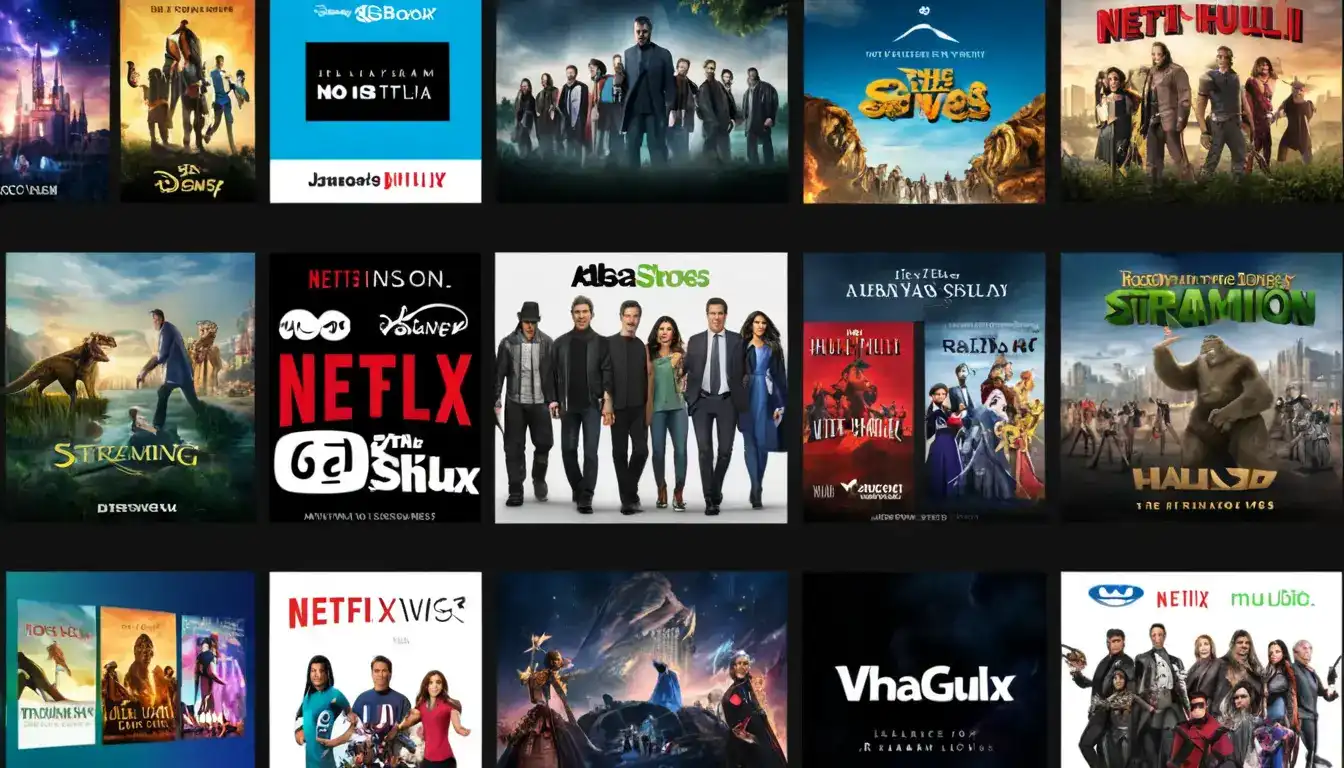
August 4, 2024
The Evolution of Streaming Services Such as Netflix, Disney+, Hulu, and the Implications for the Traditional Entertainment IndustryThe rise of streaming services has revolutionized the entertainment industry, offering on-demand access to a vast library of content through internet-connected devices. Platforms like Netflix, Disney+, and Hulu have diversified their content libraries, reshaped consumer behavior, and challenged traditional distribution models. Technological advancements have enhanced streaming experiences, while economic and cultural implications have led to global market expansion and increased investment in original content production. The future of the streaming industry will be shaped by competition, convergence of media and technology, and the need for adaptation to changing consumer preferences. Embracing digital transformation and strategic partnerships will be crucial for stakeholders in navigating the evolving landscape of modern entertainment.
Emily Willis

August 5, 2024
Entertainment in Society: Social Impact, Cultural Influence, Economic ContributionsEntertainment is more than just a way to pass the time it has a significant impact on society, culture, and the economy. It promotes empathy, sparks conversations, and drives social change. It reflects and shapes cultural trends, while also preserving traditions. The entertainment industry generates jobs, contributes to economic growth, and drives technological innovation.
Emily Willis
Health
View Allsignificance of mental health awareness in today's fast-paced world. It discusses the importance of understanding mental health, breaking down stigma, and promoting positive mental health practices.
Emily Willis
Regular physical activity is crucial for maintaining long-term health and well-being. It has numerous benefits, including improving cardiovascular health, aiding in weight management, enhancing mental health, strengthening bones, boosting immune function, and promoting longevity.
Emily Willis
The healthcare landscape is being transformed by technological advancements, with telehealth and remote care providing convenient access to healthcare services. Artificial intelligence is revolutionizing diagnostics, personalized medicine, and drug discovery. Wearable technology is empowering patients to take control of their health.
Emily Willis
Trending 🔥
View All
1
2
3
4
6
7
8
9
10
Lifestyle



Sports
View AllAugust 5, 2024
Inclusive Playing Field: Creating a Welcoming and Accessible Sports Environment
Read MoreTechnology
View All
August 4, 2024
The Future of Artificial Intelligence: Opportunities and Challenges
opportunities and challenges presented by Artificial Intelligence (AI) in various sectors such as efficiency, customer experiences, healthcare, education, and economic growth. It highlights the need to address ethical considerations, job displacement, privacy issues, security risks, and regulatory challenges associated with AI.

August 5, 2024
Best AR Apps for Interior Design
Discover the top AR apps for interior design and transform your space with ease! From furniture placement to paint colors, these innovative tools will revolutionize the way you decorate, making your home design dreams a reality

August 5, 2024
Types of Cloud Computing Services Available
Cloud computing has become essential for modern businesses, offering services that streamline processes, reduce costs, and increase flexibility. Understanding the types of cloud computing services available, such as Infrastructure as a Service (IaaS), Platform as a Service (PaaS), and Software as a Service (SaaS), can help businesses make informed decisions.

August 5, 2024
Best AR Translation Apps Tested
Uncover the best AR translation apps on the market through our in-depth testing and reviews. From seamless voice conversations to real-world text translation, these apps will revolutionize the way you communicate across languages.

